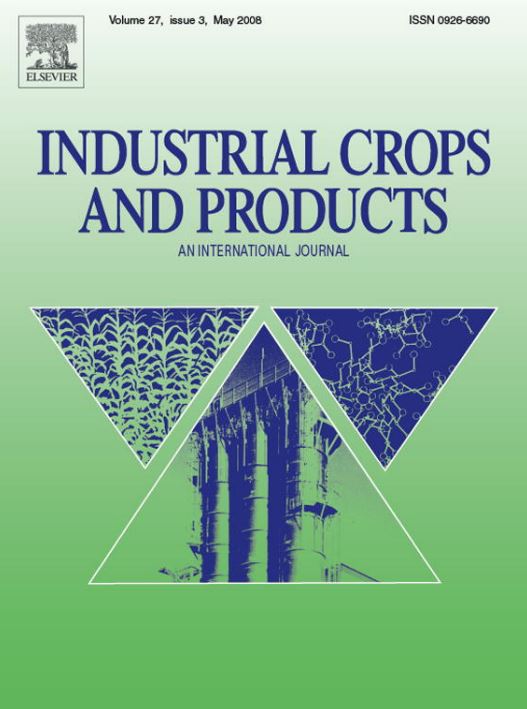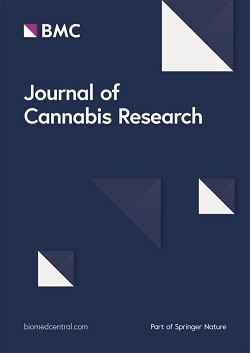Abstract
Jasmonates have emerged as a prominent elicitor for enhancing trichome development and cannabinoid production in Cannabis sativa L. (cannabis). These glandular trichomes synthesize and store important cannabinoids, including tetrahydrocannabinol (THC) and cannabidiol (CBD), which determine the yield, potency, and quality of cannabis flowers. Methyl jasmonate (MeJA) acts through the COI1–JAZ–MYC signaling pathway to upregulate genes associated with trichome initiation and cannabinoid precursor formation. Evidence suggests that moderate MeJA concentrations (typically 50–100 µM) can effectively boost trichome density, elevate hexanoyl-CoA availability, and modestly enhance key biosynthetic enzyme activities, ultimately increasing THC and CBD content. However, higher methyl jasmonate doses can amplify these benefits, yet pose a risk of excessive vegetative stunting, highlighting the crucial trade-off between enhancing cannabinoid potency and maintaining overall biomass yield. Interaction with hormones like gibberellins, salicylic acid, and ethylene further shapes the plant’s stress responses and secondary metabolism. Application in controlled environments, such as greenhouses or vertical farms, shows promise for enhancing resin production while minimizing biomass loss. In outdoor conditions, the application may offer additional defense benefits against pests and pathogens. These responses can vary depending on the cultivar, underscoring the importance of cultivar-specific optimization. As demand for high-cannabinoid cannabis products continues to grow and agrochemical options remain limited, leveraging MeJA treatments offers a practical, non-genetically modified approach to optimize yield, quality, and resilience in cannabis cultivation.




